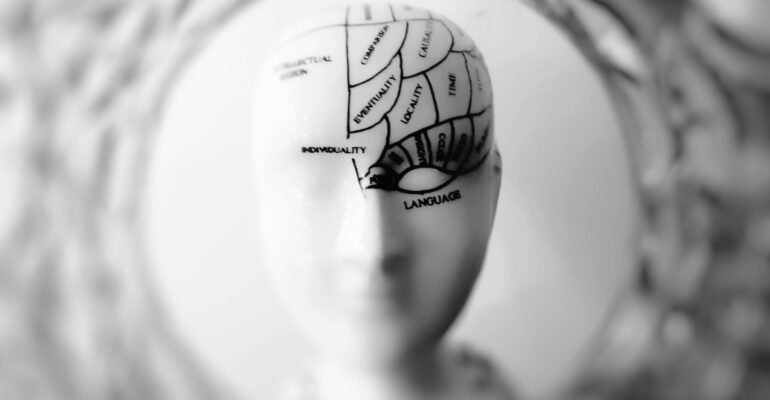Emotions and the Brain: The Neurobiology of Feeling
Emotions are a fundamental part of the human experience, influencing our decisions, memories, and overall well-being. But what’s happening in our brains when we feel joy, fear, or sadness? Let’s explore the fascinating neurobiology of emotions.
The Emotional Brain: Key Players
Several brain regions are involved in processing emotions:
- Amygdala: Often called the brain’s “fear center,” it’s crucial for processing many emotions
- Hippocampus: Important for emotional memory
- Hypothalamus: Regulates emotional responses through hormone release
- Prefrontal Cortex: Involved in emotional regulation and decision-making
- Insula: Processes social emotions and empathy
These regions work together in complex networks to create our emotional experiences.
The Limbic System and Emotional Processing
The limbic system, which includes the amygdala, hippocampus, and hypothalamus, is often referred to as the “emotional brain.” This system is responsible for:
- Generating emotional responses
- Linking emotions to memories
- Influencing the body’s physiological responses to emotions
“Emotions are not just the fuel that powers the psychological mechanism of a reasoning creature, they are parts, highly complex and messy parts, of the reasoning creature.” – Martha Nussbaum
Neurotransmitters and Emotions
Various neurotransmitters play crucial roles in emotional experiences:
- Dopamine: Associated with pleasure and reward
- Serotonin: Linked to mood regulation and happiness
- Norepinephrine: Involved in alertness and anxiety
- GABA: The brain’s main inhibitory neurotransmitter, involved in calming neural activity
Understanding the role of these neurotransmitters has significant implications for treating mood disorders and other mental health conditions.
Emotional Regulation: The Prefrontal Cortex in Action
While the limbic system generates emotions, the prefrontal cortex plays a crucial role in regulating them. This “thinking” part of the brain can modulate emotional responses, allowing us to respond to situations in socially appropriate ways. Techniques like cognitive-behavioral therapy and mindfulness meditation aim to strengthen this regulatory capacity.
By understanding the neurobiology of emotions, we gain insight into human behavior, mental health, and the intricate relationship between our thoughts and feelings. This knowledge opens up new avenues for promoting emotional well-being and treating emotional disorders.






